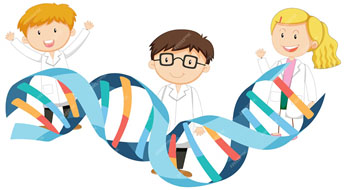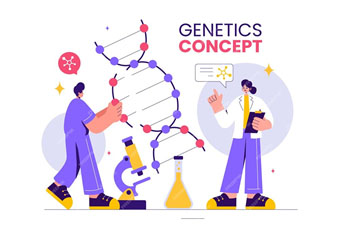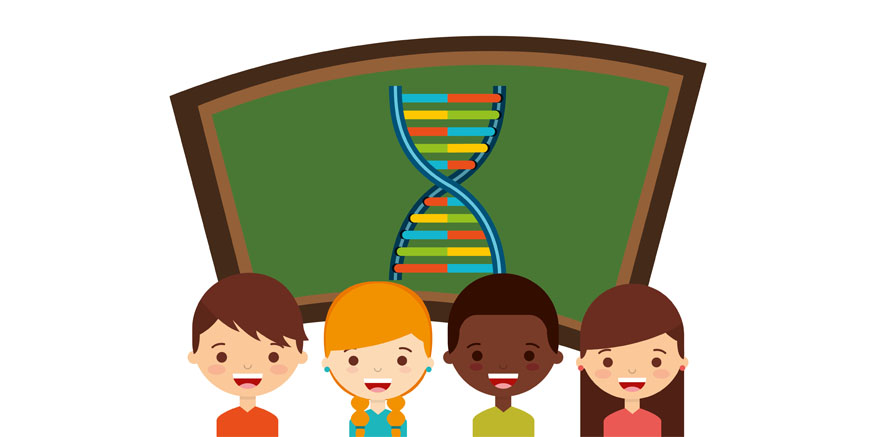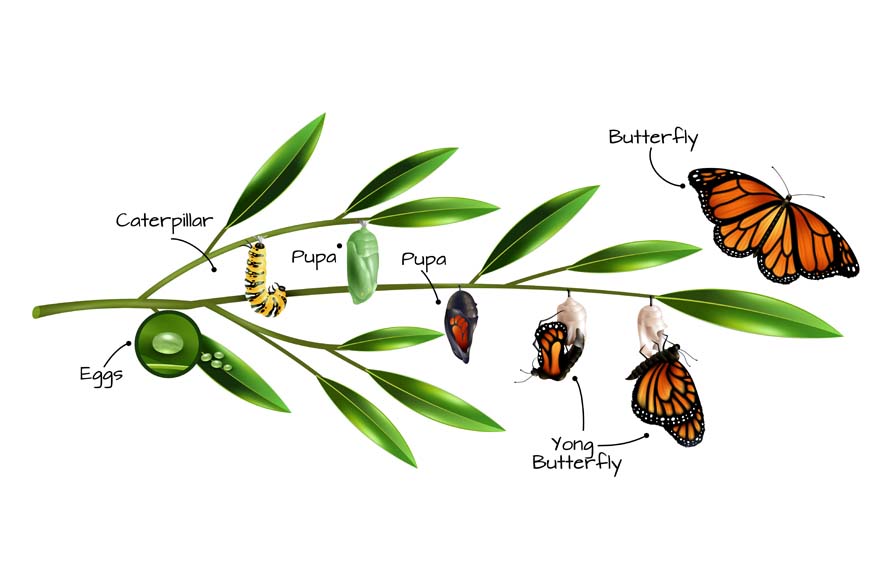Genetics is a part of biology that studies how traits and characteristics are inherited from one generation to another. This field looks into what makes living things unique and varied. By learning about genetics and the rules of inheritance, we can understand how traits are passed down and how differences arise within species.
Understanding what is genetics
Genetics is the branch of science that explores genes, heredity, and how different organisms vary from each other. It aims to uncover how traits are passed down from parents to their children and how genetic information is shown in living beings. The word “genetics” was introduced by William Bateson in 1905, and since then, the field has progressed a lot, influencing our knowledge of biology, medicine, and evolution.

At its foundation, genetics is all about genes. Genes are pieces of DNA (deoxyribonucleic acid) that hold the blueprints for creating and sustaining an organism. They are key in determining traits like eye colour, hair type, and the likelihood of developing certain illnesses. Each gene is found at a specific spot on a chromosome, a long, thread-like structure made up of DNA and proteins.
Principles of inheritance
The principles of genetic inheritance explain how traits are passed down from parents to their children. This concept was first introduced by Gregor Mendel, an Austrian monk and scientist, in the 1800s. His work with pea plants formed the basis of modern genetics and introduced important ideas like dominant and recessive traits.
Law of segregation: This law states that every individual has two alleles (different forms of a gene) for a specific trait, one from each parent. When reproductive cells (gametes) are formed, these alleles separate, meaning each gamete only carries one allele for each trait. As a result, offspring receive one allele from each parent, which combines to determine their traits.
Law of independent assortment: This principle indicates that genes for different traits are inherited independently during gamete formation. This means that the inheritance of one trait doesn’t influence the inheritance of another, which contributes to genetic diversity.
Dominance and recessiveness: Mendel found that some traits are dominant while others are recessive. A dominant trait shows up if at least one dominant allele is present, while a recessive trait only appears when both alleles are recessive. This helps explain why some traits can seem to disappear in certain generations.
Inheritance of traits
The inheritance of traits passed down is influenced by inheritance rules and how genes interact with the environment. Traits can be divided into three main types: physical traits, behavioural traits, and predispositions to conditions.
Physical traits: These are features like eye colour, height, and hair texture. They are usually determined by several genes working together (known as polygenic inheritance), and things like diet and environment can also play a role. For example, a person’s height can be affected by their nutrition, while their skin colour can change with sun exposure.
Behavioural traits: These traits include how people act, their temperament, and their personality. Genetics do have a hand in shaping these traits, but factors like family background, education, and social experiences are also very important. Research on twins has shown that both genes and environment work together to form personality.
Predispositions to conditions: The genetic makeup of a person can affect their likelihood of developing certain health issues. Some diseases, like cystic fibrosis and sickle cell anaemia, are linked to specific gene mutations. Others, such as heart disease and diabetes, arise from a mix of genetic and environmental influences. Learning about the genetic factors behind these conditions can help improve prevention, diagnosis, and treatment options.
Genetics is all about understanding how traits are passed down from one generation to the next. When we explore the basics of genetics, we learn about how genetic information is shared, which helps us understand the complex ways that living things maintain their differences and similarities over time.

The study of genetics not only deepens our understanding of how living things work but also has real-world applications in areas like medicine, farming, and forensic science. It helps us make better health choices, improve farming methods, and tackle challenging biological questions. For younger students, learning about genetics early on can ignite their curiosity and lead to a lasting passion for science and exploration.
At Center Point School, we are committed to offering a well-rounded and engaging education that includes genetics. Our curriculum is crafted to make complicated scientific ideas easy to grasp and fun for students, helping them develop a strong understanding and appreciation for the natural world. By providing students with the knowledge and skills to delve into genetic concepts, we hope to inspire the future generation of scientists, researchers, and informed individuals who will help expand our knowledge of life and inheritance.





